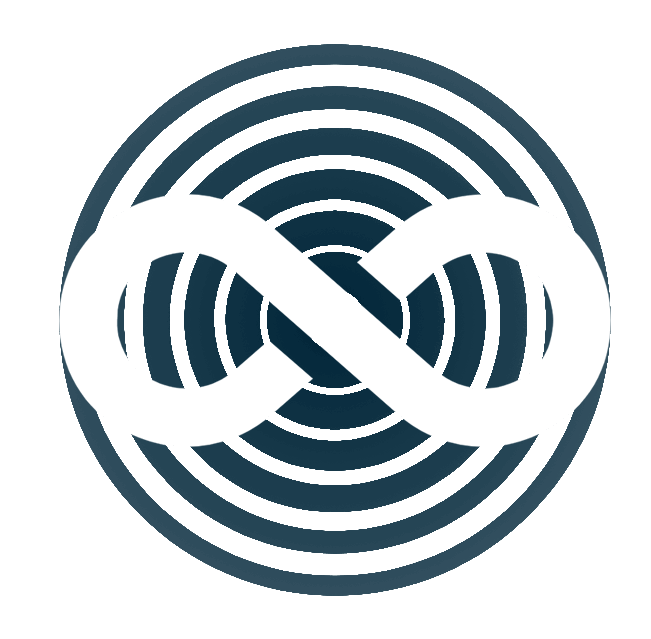Intellectual property faces unprecedented challenges in the digital age. The rapid spread of information technologies has expanded access to knowledge while simultaneously weakening traditional mechanisms of copyright protection. Let’s find out how piracy, fragmented regulations, opaque royalty systems, and emerging technologies such as artificial intelligence are reshaping the landscape of authorship and originality. These transformations demand not only legal reform but also a cultural rethinking of how societies value and protect creativity in a borderless world

The digital era has redefined the ways in which knowledge, creativity, and culture are produced, distributed, and consumed. While the advent of the internet and digital technologies has democratized access to information and opened unprecedented opportunities for authors and artists, it has also generated profound challenges for the protection of intellectual property. The same mechanisms that allow for global dissemination of creative works also facilitate unauthorized reproduction, distribution, and alteration at a scale unimaginable in earlier times. In this environment, traditional frameworks of intellectual property, designed in an age of physical media and national jurisdictions, are increasingly strained and often ineffective.
One of the most pressing challenges is the issue of piracy. The ease with which digital files can be copied and shared across networks has made unauthorized distribution of books, music, films, and academic research pervasive. Unlike physical counterfeiting, which requires infrastructure and logistics, digital piracy requires little more than a file upload. For authors and publishers, this results in significant revenue losses, but the deeper problem lies in the erosion of trust between creators and their audiences. When authentic and pirated editions coexist online, consumers face uncertainty about the legitimacy of what they purchase, undermining the value of creative work itself.
Equally problematic is the fragmentation of copyright enforcement across jurisdictions. Intellectual property rights remain largely tied to national systems, each with its own legal procedures, registries, and enforcement mechanisms. In the digital era, however, works cross borders instantly, and infringers often operate in countries where enforcement is weak or impractical. As a result, authors and publishers encounter significant obstacles when seeking to protect their works internationally. Legal disputes become costly, time-consuming, and frequently inconclusive, deterring many creators from pursuing claims at all. This disconnect between globalized distribution and localized regulation represents a structural weakness in the intellectual property regime.
Another dimension of the problem lies in the opacity of royalty distribution. In many creative industries, the flow of payments from consumers to creators involves multiple intermediaries—publishers, distributors, retailers, and collecting societies. Each step introduces administrative costs, delays, and the risk of misreporting. For authors, musicians, or filmmakers, royalties often arrive months after a sale and are accompanied by little transparency regarding how the amounts were calculated. In a world where digital platforms can provide real-time analytics for consumer behavior, the persistence of opaque and outdated royalty systems reflects a profound imbalance between technological capabilities and industry practices.
The digital age has also raised questions of authorship and originality. With sophisticated tools for content creation and manipulation, disputes over plagiarism and unauthorized adaptations have become increasingly complex. Texts, images, and even entire books can be altered, repurposed, or recombined with relative ease. Establishing the precise origin of a work and the identity of its creator is no longer a straightforward matter, particularly when evidence is dispersed across digital platforms and lacks official certification. In academic publishing, for example, plagiarism scandals have eroded trust in institutions, while in creative writing, disputes over originality frequently emerge without clear mechanisms for resolution.
Moreover, the rise of digital platforms has shifted power dynamics in the creative economy. Large corporations that control distribution channels—such as eBook platforms, streaming services, or online marketplaces—exercise disproportionate influence over the terms under which authors and artists are compensated. Their dominance often results in contracts that prioritize the platform’s interests while leaving creators with limited bargaining power. The imbalance exacerbates the challenges of protecting intellectual property, as creators find themselves reliant on intermediaries who may not fully safeguard their rights.
The proliferation of user-generated content adds another layer of complexity. Platforms that host blogs, videos, or fan fiction have blurred the boundaries between professional and amateur production. While this democratization of creativity has enriched cultural expression, it has also complicated the enforcement of intellectual property. Distinguishing between fair use, parody, derivative works, and outright infringement is not always clear, leading to frequent disputes. Furthermore, automated content moderation tools employed by digital platforms often lack the nuance to differentiate between legitimate use and violation, creating additional frustration for both creators and users.
Technological innovation itself presents challenges to intellectual property frameworks. Emerging tools such as artificial intelligence can now generate texts, images, or music with minimal human intervention. Questions arise regarding whether AI-generated content can be copyrighted, who owns the rights to works created with the assistance of algorithms, and how such works should be distinguished from those of human authors. As the line between human and machine creativity becomes increasingly blurred, traditional concepts of authorship and originality face unprecedented pressure.
Cultural attitudes toward intellectual property have also shifted in the digital era. Younger generations, accustomed to free access to online content, often perceive creative works as public goods rather than as products tied to legal rights. The normalization of downloading or streaming unauthorized copies reflects a broader cultural shift that undermines respect for intellectual property law. Educational campaigns and enforcement measures have struggled to reverse these trends, suggesting that the challenge is not merely legal but deeply social and cultural.
Finally, intellectual property protection in the digital era must contend with the sheer speed of technological change. Laws and regulations evolve slowly, often requiring years of debate, negotiation, and implementation. By the time new legislation is enacted, the technologies it seeks to regulate may already be obsolete. This lag leaves creators exposed to risks that cannot be addressed through traditional legal frameworks alone. The gap between the pace of innovation and the responsiveness of regulation constitutes one of the most significant vulnerabilities for intellectual property in the digital age.
Taken together, these challenges reveal the extent to which the digital era has destabilized the traditional foundations of intellectual property. Piracy, jurisdictional fragmentation, opaque royalties, disputes over originality, concentration of power in digital platforms, the complexity of user-generated content, the rise of artificial intelligence, shifting cultural attitudes, and regulatory lag form a constellation of issues that no single solution can fully address. What is clear, however, is that intellectual property protection in the digital era requires more than incremental reform. It demands new models that reflect the realities of digital distribution, global markets, and technological innovation.
In this context, the debate about intellectual property is no longer confined to legal scholars or policymakers. It directly affects the livelihoods of millions of authors, artists, researchers, and cultural workers worldwide. More broadly, it shapes the very relationship between societies and the knowledge, literature, and art they produce and consume. As we continue deeper into the digital era, the challenge is not simply how to enforce intellectual property laws, but how to reimagine them in ways that preserve both creativity and access, both fairness and innovation. The stakes are cultural as much as they are economic, for at issue is nothing less than the sustainability of human creativity in a world increasingly mediated by digital technologies.
